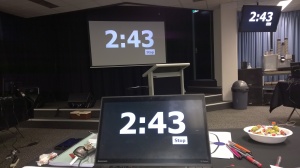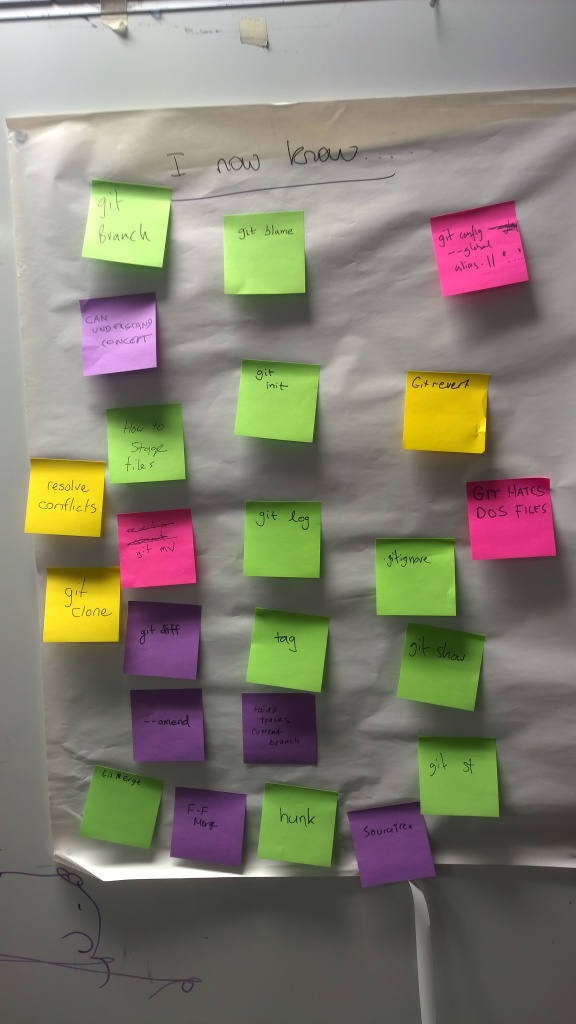This post continues from Part I and Part II in assimilating a few insights that I have collected from running Git Training in Canberra, Australia. Depending on your students, and courseware, YMMV.
Insight #5: Run your training in a team context
If you’re getting into Git, you’re probably already into team in a big way. So why not teach git in the context of team?
We moved a lot of our exercises in our last course into “collaborative mode” - where you work through examples with the person next to you. Need to do a tricky merge? Why not create a tricky merge situation for the person beside you, then swap seats. Not only do you get the benefit of easily accessible peer support, you adopt a team mindset from the get go (and learn why it’s bad form to setup tricky merges for your colleagues).
Building team into every aspect of the course is a great way to install not only the tools but also the culture of Git.
The last exercise for the course is a major exam which incorporates all the essentials of a software release process with Git. Doing it as a team really makes it feel that you’re in a real-world scenario.
Insight #6: Timebox your exercises
I did my first lot of Agile training with Rowan Bunning (a Scrum Guru in these parts). One of the thing I loved about Rowan’s training style was how he timeboxed everything. We’ve taken a leaf out of his book and things work better in the classroom.
Don’t just set an exercise, set a timeboxed exercise! Again, adds a level of real-worldness to things since most orgs operate in some kind of timeboxed Agile manner these days.
Insight #7: Talk less. A lot less.
Again, this gem is from Training from the Back of the Room. Slideware is tremendously overrated, and I’m using less and less of it these days. Sharon Bowman was big on the “10 minute content” slot, then more to other learning mechanisms. That’s working for me.
I did a lot of teaching around a table, then a bit more around a terminal, then a bit more with a slidedeck, then a bit more sitting alongside a student, then a bit more with a team Retro. It kept the stimulation and engagement up, and the snooze factor down.
And there was a lot less slideware, and a lot more talking from the “back of the room”. I’m going to keep turning that up to 11.
Anyways, that’s probably enough for now. Hope some of these ideas are helpful or inspiring for your own training efforts!
Keep in touch!
Glen.

